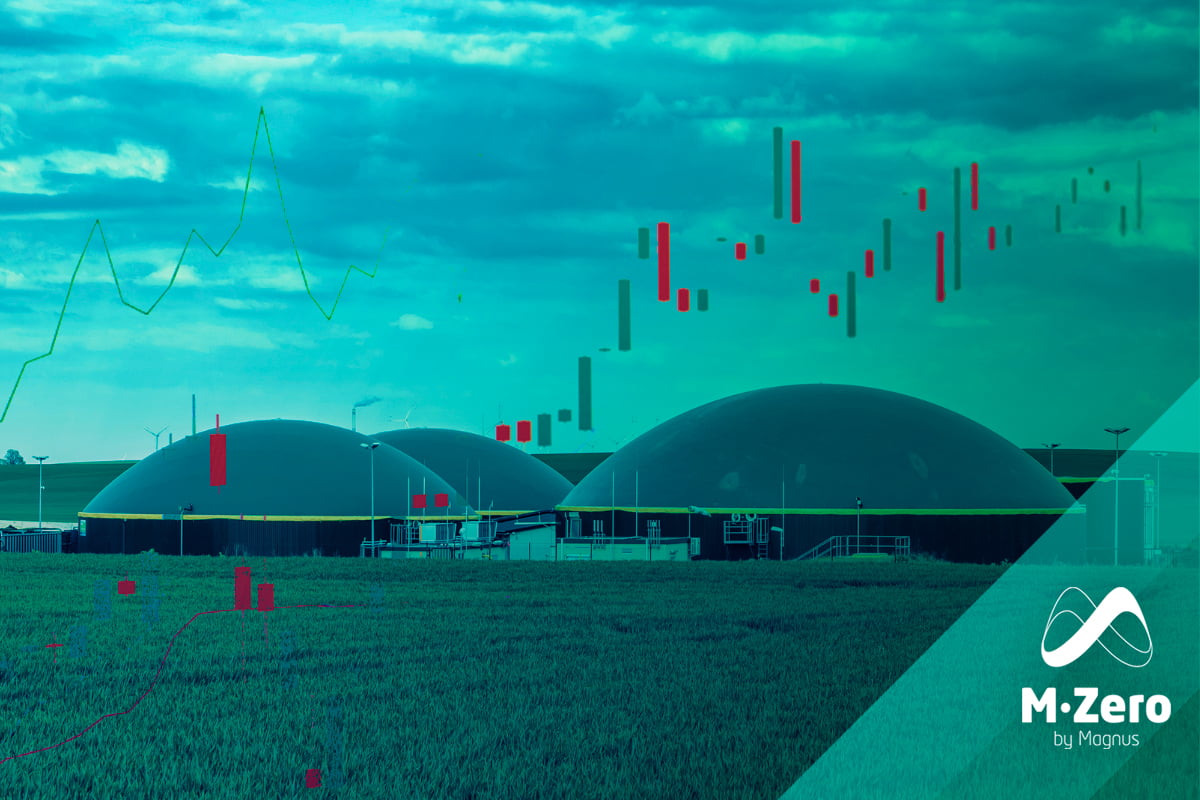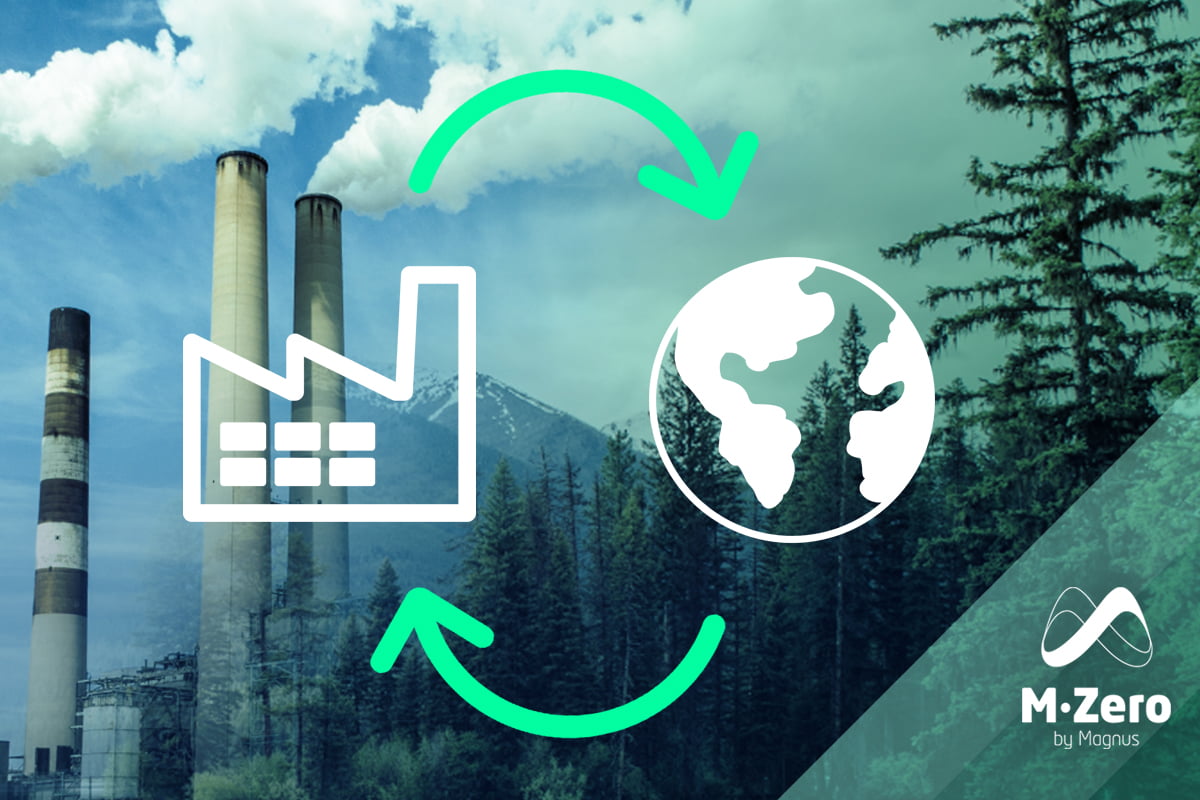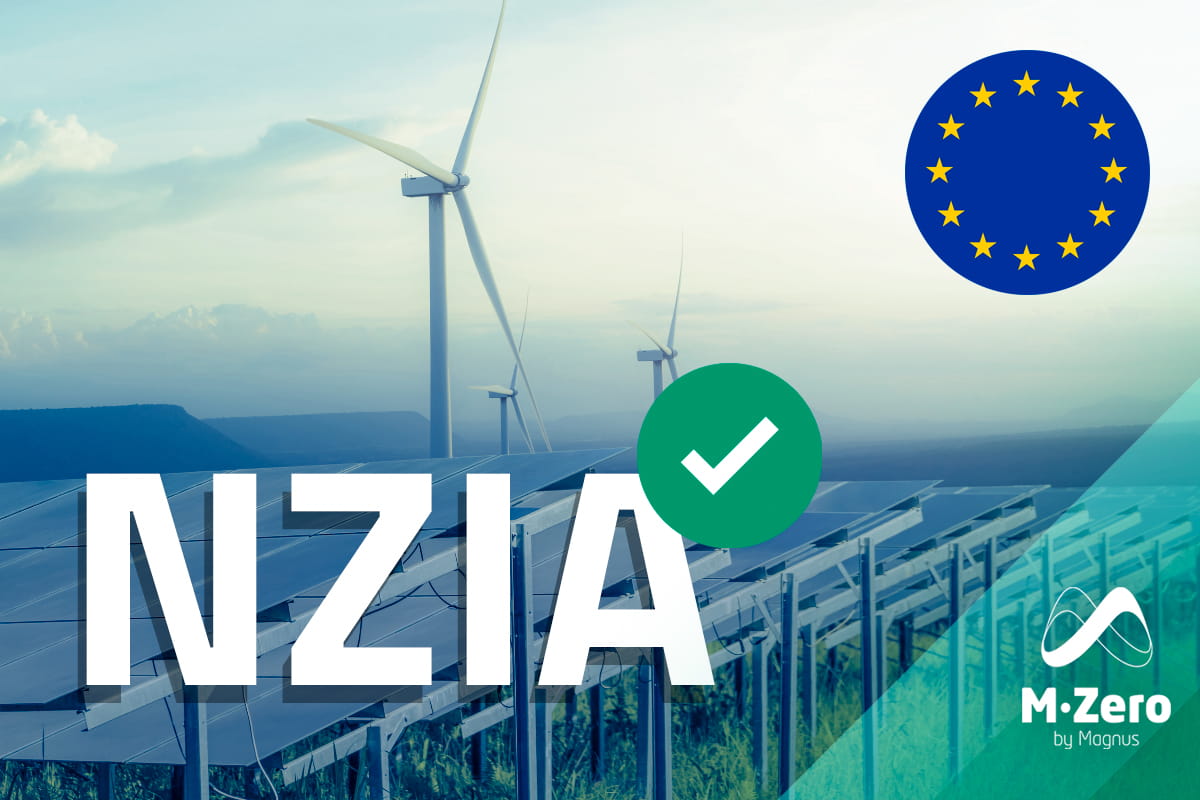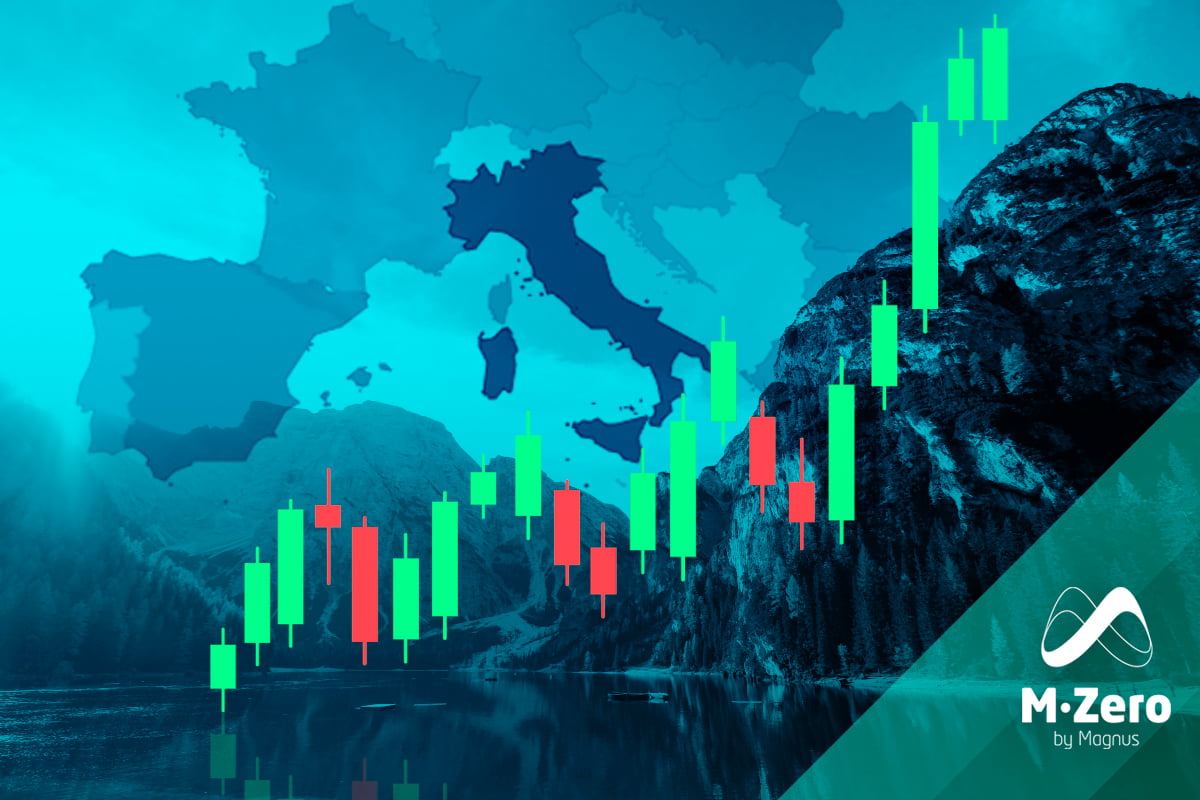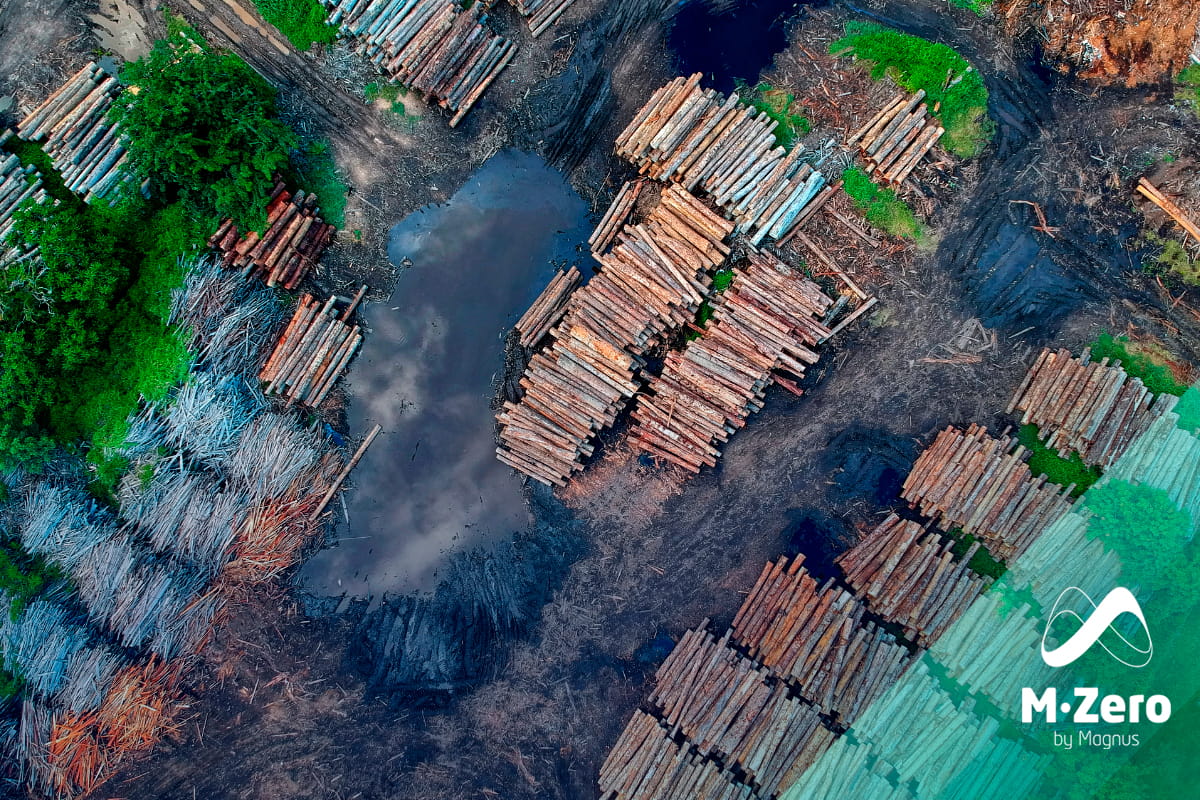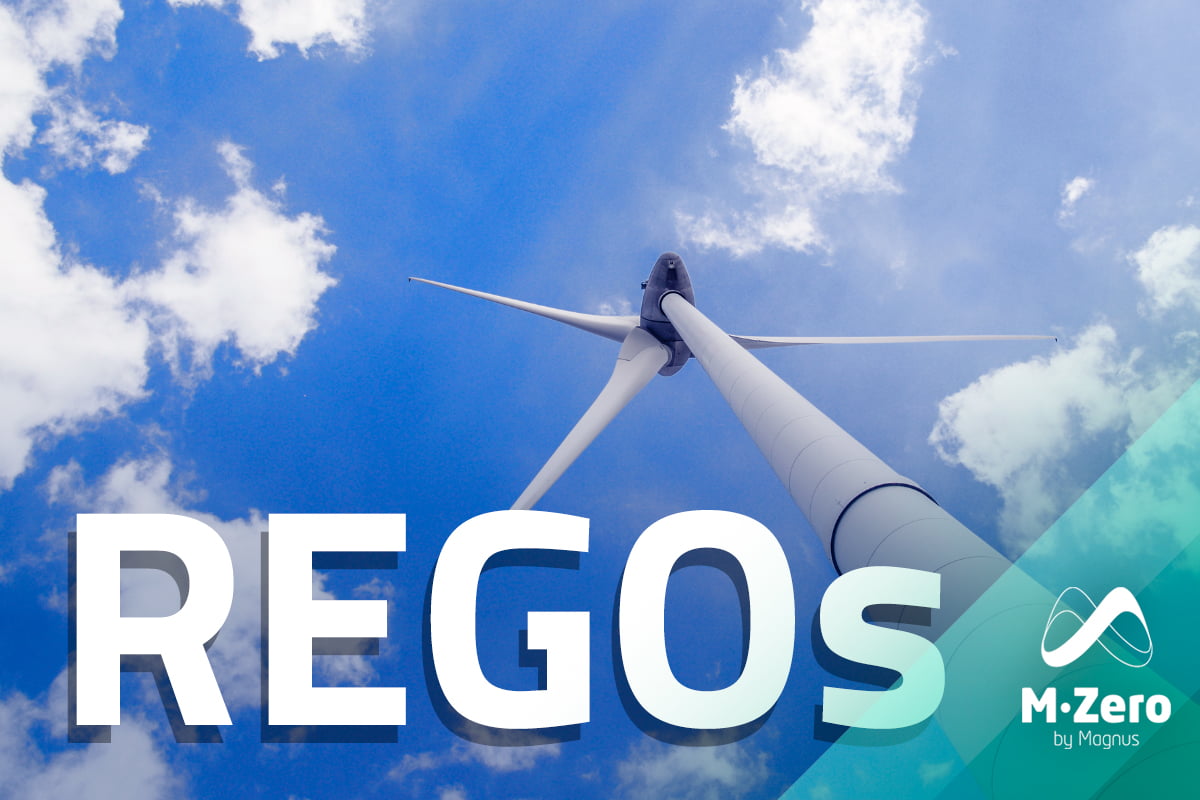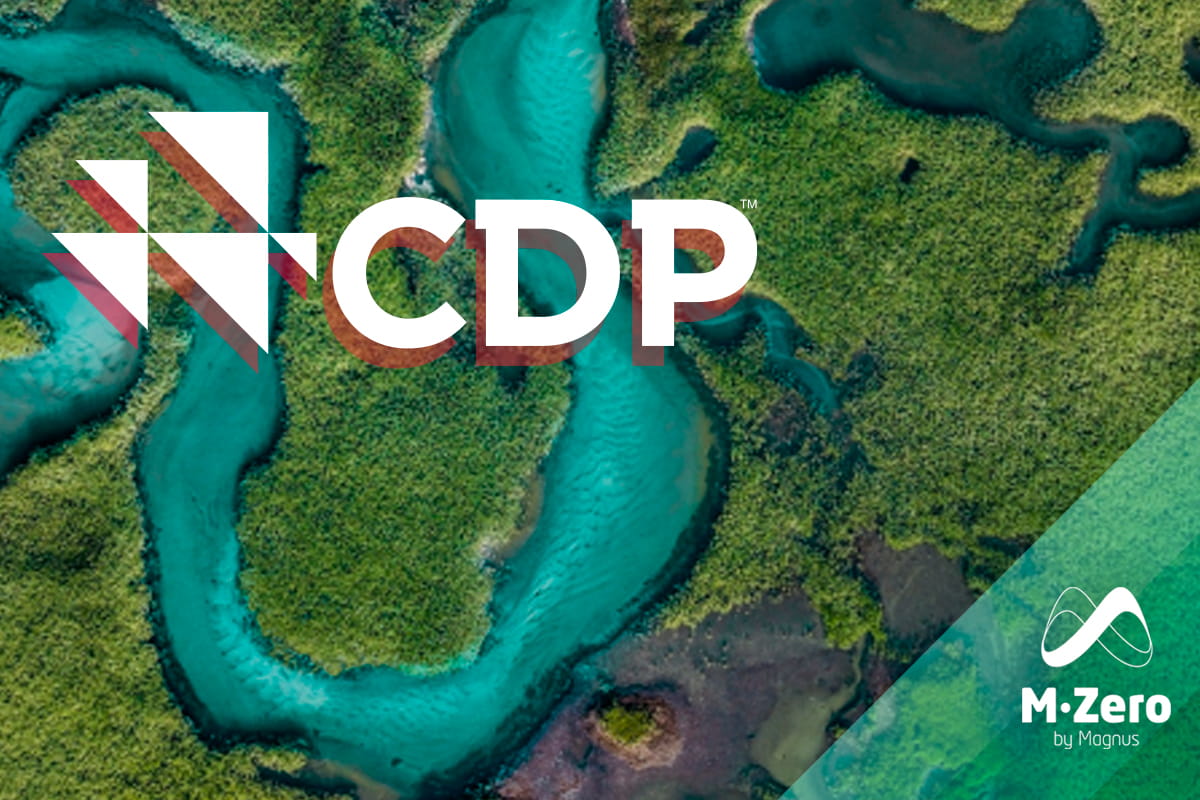
Every year, companies continue to climb the CDP scores and we are encouraged to see companies raising their climate ambitions and striving to improve their climate reporting, even in the face of unprecedented global challenges.
In fact, more than 23,000 companies have responded to CDP this year, a record number that CDP says is a 24% increase on last year and a 140% increase since 2020. Companies representing at least two-thirds of global market capital are now responding to CDP, a promising development given the growing urgency of the climate crisis and the need for concerted action and, most importantly, transparency.
What is CDP and why do its scores matter?
CDP is one of the most comprehensive and internationally recognized sustainability reporting platforms. It works on behalf of investors representing $136 trillion in assets. The scores published by CDP allow these investors to verify that companies are incorporating sustainability into their business strategy and practices, so they can assess the climate risk in their portfolios.
CDP pioneered the use of capital markets and corporate engagement to encourage companies to disclose their environmental impacts and reduce greenhouse gas emissions, safeguard water resources, and protect forests.
Fully aligned with the TCFD, CDP has the world’s largest environmental database, and CDP scores are widely used to drive investment and procurement decisions towards a zero-carbon, sustainable and resilient economy. It is a founding member of the Science Based Targets, We Mean Business Coalition, The Investor Agenda and Net Zero Asset Managers initiative.
CDP in 2024
CDP has recently announced several changes that users can expect in 2024.
Firstly, the deadline for submitting the questionnaire will be September 2024 (previously end of July). However, company scores will still be published at the end of the same year. This change in timing is due to the organization’s need to allow time for the correct implementation of the adjustments summarized below, as well as to allow time for disclosers to properly adjust to them:
- New corporate disclosure framework and technology platform: the implementation of a new corporate disclosure framework on an updated technology platform has been announced. This will be done through an intuitive design of the platform and customization of the questions for each reporting company. The platform will be available this April.
- Changes to the Corporate Questionnaire: from 2024, the questionnaire will be presented in an integrated way, eliminating the three separate disclosures for climate, forests, and water. Instead, a single questionnaire covering all three topics will be offered, adapted according to the sector or business activity of the disclosing company. With this new structure, CDP aims to avoid duplication of information and to simplify and streamline the disclosure process. However, ratings will continue to be assessed independently for each of the three topics. In addition, the organization is working to align the questionnaire with the ISSB S2 Climate Standard in 2024 to drive and support engagement beyond what is legally required.
- Launch of a questionnaire for small and medium-sized enterprises (SMEs).
- Cooperation with the European Financial Reporting Advisory Group (EFRAG): CDP is dedicated not only to aligning its platform with the European Sustainability Reporting Standards (ESRS), but also has plans with these organizations to run a series of joint webinars and publish additional in-depth resources. These resources are designed to help disclosers comply with upcoming legal requirements, with the aim of strengthening and streamlining the implementation of the standards.
What are the most frequent shortcomings in CDP responses?
CDP is more than a compliance requirement. It is a strategic initiative that helps companies understand their sustainability impacts in terms of climate, forests, and water security, and helps companies make informed decisions.
In terms of CDP’s sustainability themes and criteria, one of the most common gaps identified from last years’ response is the lack of credible and publicly available climate transition plans. 2023 saw an introduction of more stringent A-list criteria from the CDP, including the requirement for credible transition plans, which is an important evolution in strategic sustainability planning. A climate transition plan demonstrates that companies are committed to achieving a 1.5-degree pathway and that they are planning to transform their business model to align to a net-zero carbon economy.
Another key shortcoming identified in current strategies is the lack of climate scenario analysis. CSAs (Climate-Scenario Analysis) are a key recommendation of the TCFD and transition plans. They act as a strategic tool that enables an organization to integrate planning for possible climate futures into its business strategy, risk management processes and financial planning.
Companies’ transition plans should set ambitious targets and reduce emissions in line with a 1.5-degree scenario and, in the longer term, reach net zero, as set out in the 2015 Paris Agreement.
From 2024 onwards CDP will be implementing a Climate Change A list criteria that assesses the presence of a viable net-zero target. This pushes companies to be even more ambitious and implement long-term thinking.
In recent years, supply chain decarbonization has been identified as a key lever for companies to decarbonize their own value chain. Supplier engagement is a set of mechanisms or interventions implemented both internally and with suppliers to enable them to create decarbonized and more resilient supply chains. In line with CDP guidance, the new SBTi guidance and ISO 20400, supplier engagement and process integration in procurement is vital to achieving net zero balance. It is also a factor in achieving CDP A status.
CDP 2024 timeline:
- 5 February – 2023 scores were released. Companies should take this time to evaluate their performance, and areas for improvement next year.
- April 2024 – The new CDP platform will become available in April this year. This platform aims to improve efficiency of the disclosure process. Companies should familiarize themselves with the new portal.
- 30 April – The 2024 questionnaire will be released on April 30. There will be a new structure to the corporate questionnaire this year so companies should look to promptly understand these changes.
- 4 June 2024 – The response window opens for questionnaire submissions. Reporting organizations can sign in and activate their questionnaires at this time.
- 18 September 2024 – The scoring deadline for the 2024 disclosure cycle. The deadline for submitting the questionnaire has shifted in 2024 (previously end of July) to allow organizations to properly implement the changes to this year’s questionnaire and process.
- 2 October 2024 – Corporate disclosure deadline for 2024 disclosure cycle. Note companies that submit between 18 September and 2 October will not be eligible to receive a score.
- December 2024 – CDP releases 2024 scores.
Prepare to raise CDP score in 2024
Getting an early start on CDP responses allows you to identify and address gaps, take advantage of opportunities for improvement, and prepare for upcoming and emerging regulations and frameworks. It will also help companies prepare for upcoming disclosure changes in 2024. This proactive stance will improve scores for the next reporting cycle, while fostering a culture of sustainability within organizations.
If you found it interesting, please share it!
Recent Articles








